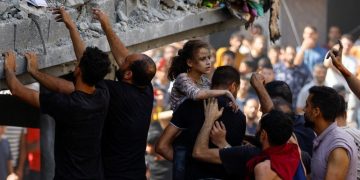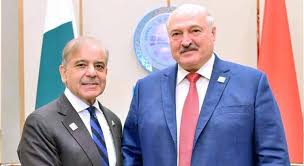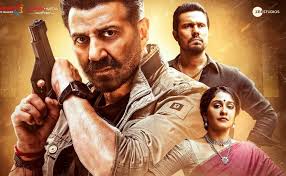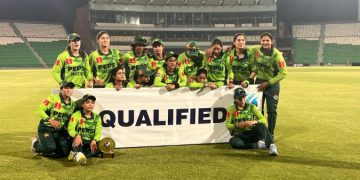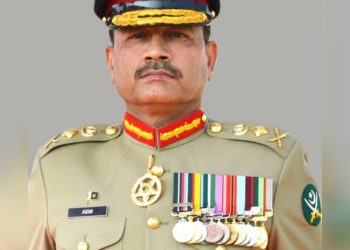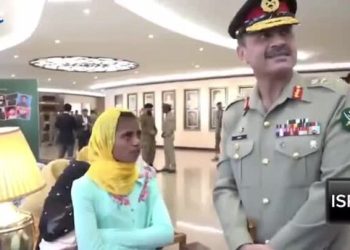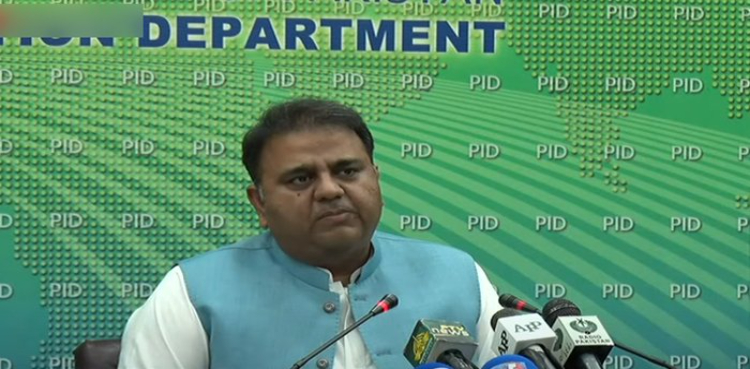Indian authorities say life is returning to normal in Kashmir. But thousands of people have been detained, and the military still patrols the streets, firing pellet guns and tear gas to quell protests.
The people of Indian illegally occupied Jammu and Kashmir have been facing the worst kind of Indian state terrorism for challenging its illegal occupation of their soil for the past over 73 years. Unfortunately, the international community has failed to fulfill its obligations towards resolving the Kashmir dispute in accordance with the Kashmiris’ aspirations. Even the world’s august body, the United Nations Security Council, has not been able to implement its resolutions on Kashmir, passed several decades ago.
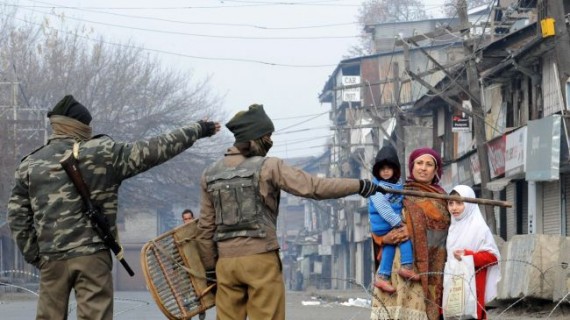
The UNSC had adopted an important resolution on January 05, 1949, acknowledging the right to self-determination of the people of Jammu and Kashmir. Kashmiris on both sides of the Line of Control and the world over observe the Right to Self-determination Day on January 05 to remind the world community that the United Nations’ resolutions on Kashmir remain unimplemented even after the passage of more than seven decades.
India had illegally occupied the then Princely State of Jammu and Kashmir against the aspirations of the Kashmiris after landing its troops in Srinagar on October 27, 1947, leading to the creation of the Kashmir dispute. This Indian invasion was in gross violation of the Partition Plan that had resulted in the division of the Indian British Colony into two sovereign states of Pakistan and India in August 1947. India consisted of Hindu majority areas while Pakistan comprised Muslim-majority areas of Western provinces and east Bengal. As per the understanding behind the Partition Plan, the then Princely States were given the choice to accede either to Pakistan or India. With overwhelming 87% Muslim population, Jammu and Kashmir had natural tendency to accede to Pakistan but that could not happen due to Indian invasion.

The people of Jammu and Kashmir strongly resisted India’s illegal occupation of their soil and they launched a movement to liberate it from the Indian yoke. Their resilience forced India to seek the help of the world community to settle the Kashmir dispute. Sensing a humiliating defeat to its armed forces, India approached the UNSC on January 01, 1948, seeking its help to resolve the dispute. The World Body in its successive resolutions nullified the Indian invasion and called for settling the dispute peacefully. A resolution passed by the UNSC on January 05, 1949, is of enormous significance as it states that the question of the accession of Jammu and Kashmir either to India or Pakistan will be decided by the Kashmiri people through the exercise of their right to self-determination in a free and impartial plebiscite held under the supervision of the World Body.

India had promised before the world community to settle the Kashmir dispute by allowing the Kashmiris exercise their right to self-determination. However, instead of fulfilling its commitment, it is applying every brutal tactic in IIOJK to force the Kashmiris give up their just struggle for securing freedom from its subjugation. After strengthening its occupation, India started claiming Jammu and Kashmir as its integral part to mislead the world about the Kashmir dispute and the prevailing grime situation of IIOJK. On August 05, 2019, Narendra Modi-led fascist Indian government moved even a step further by repealing the special status of the occupied territory, illegally and unconstitutionally annexing it with India and putting it under strict military siege. Since then, the Indian troops have stepped up their state terrorism in IIOJK to intimidate the Kashmiris into submission. However, the worst kind of Indian brutalities have failed to subdue the freedom sentiment of the Kashmiri people and they are committed to take their ongoing freedom movement to its logical conclusion at all costs.
Pellet Violence
One cartridge of a pellet gun contains a few hundred lead pellets, which come in different shapes. When fired from pump-action shotguns, they don’t follow a definite path.
Used in Kashmir since 2010, even though it is officially identified as a “non-lethal” weapon, the pump-action pellet gun could lead to severe organ damage, disfigurement or even death. According to a recent report, between July 2016 and February 2019, 2,942 Kashmiris were injured, and eighteen people killed by pellets. According to an India Spend report in August 2019, out of the total injuries caused by pellets, 1,459 people got eye injuries and 139 lost their vision. In January 2018, the Jammu & Kashmir State Government told the State Legislative Assembly that between July 2016 and February 2017 more than 6,000 people received pellet gun injuries, including 782 eye injuries. Many of the victims don’t go to hospitals for fear of being targeted and imprisoned by the police later.

As a result of the conflict, there is an alarming level of mental health disorders in the population of Kashmir. A 2015report by Médecins Sans Frontières (MSF) observed that 1.8 million (45%) adults in the Kashmir Valley are suffering from symptoms of mental distress, 41% display probable depression, 26% have anxiety, and 19% are ailing from Post-Traumatic Stress Disorder (PTSD).
After many decades of conflict, Kashmiris and trauma have become synonyms. According to a Médecins Sans Frontières 2016 report, 93% Kashmiris have experienced conflict-related trauma and an average adult has witnessed around eight traumatic events during his/her lifetime. According to Dr. Hussain, depression in Kashmir touches 7.3% of the population as compared with 4% in India, which is already higher than global standards. People who are affected by PTSD are stuck in their trauma as something that did not end in the past but keeps happening now, every day, every minute. They slowly fall into what Dr. Arshad called “the black hole of trauma where they are continuously re-experiencing it.” That becomes the reality of their life; in their thoughts, in their actions, in their dreams, in their nightmares, it’s all about the trauma that they witnessed and are still witnessing. A never-ending cycle of restlessness, pain and misery.
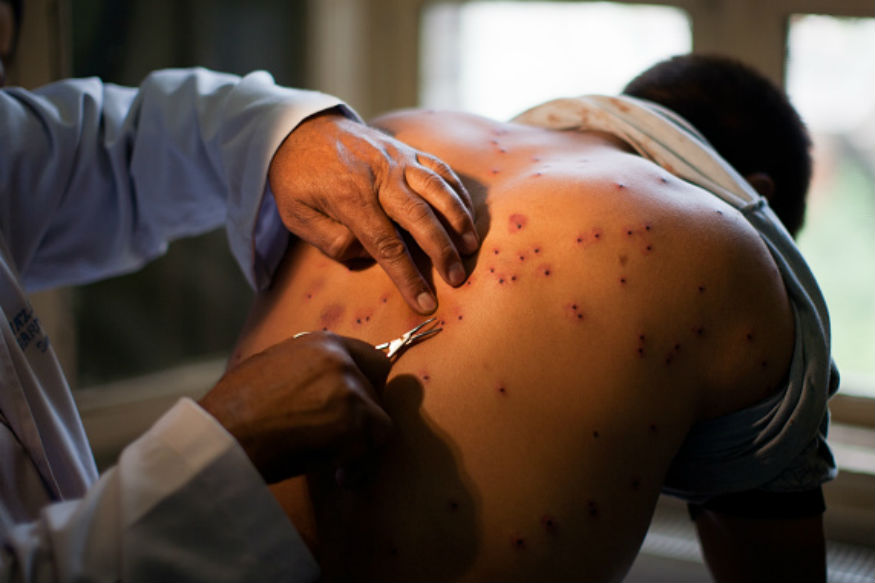
A new research titled ‘Psychiatric Morbidity in Pellet Injury Victims of Kashmir Valley’ conducted by the Government Medical College in Srinagar draws a grim picture of the mental health situation in the Valley. The report was prepared over a period of two years from August 2016 to August 2018 and showed that in Kashmir 25.79% people are suffering from depressive disorders; 15.79% from adjustment disorder; 9.21% have Post Traumatic Stress Disorder; 7.89% suffer from generalized anxiety disorders. According to the study, at least 85% of pellet victims have also developed psychiatric disorders. The doctors from Orthopedics and Ophthalmology departments of Government Medical College examined 380 pellet- and pellet-plus-firearm-injury victims since the 2016 civil unrest for the study. The report indicates that psychological disorders in pellets victims are directly associated with the severity of the injuries. Of all the pellets victims’ psychiatric morbidity, those with eye injuries are 91.92% as compared with 70% of victims hit by pellets in other parts of the body.
According to different media reports, it has been difficult for people in the Valley to access health facilities. Hospitals have reported a drop in the number of patients since 5 August, when the Indian Government unilaterally repealed Article 370 of the Constitution resulting in a long communications blockade that has prevented millions from talking to their families or stepping out of their home for fear of harassment by the armed forces.
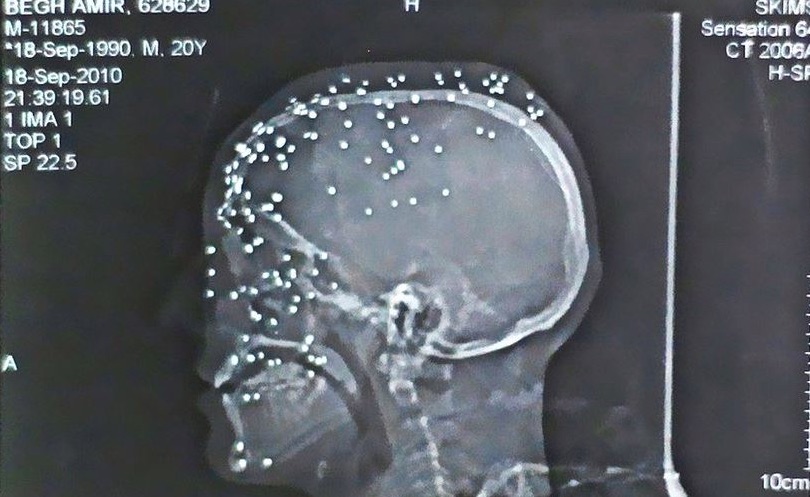
On August 17, an editorial in the British medical journal The Lancet noted that “the prolonged exposure to violence” has led to a “formidable mental health crisis” with increased levels of “anxiety, depression and post-traumatic stress disorder” in the Valley. A Kashmiri doctor, Dr. Umar Salim, from the Government Medical College, was arrested by the police last month after he spoke to an international media outlet, warning of the critical shortage of lifesaving medicines and the increase in deaths because of prolonged restrictions on public movement and the communication blackout in the State.
With the present humanitarian crisis in the Valley, people’s emotional and mental health is expected to worsen. The communication blackout and the restriction of movements has crippled daily life and has left the people of Kashmir in a state of increased panic, humiliation and constant mental agony.
HR Violations in 2020
More than 470 people, including freedom fighters and Indian army troops, were killed in gunfights and “staged” clashes in Indian Illegally Jammu and Kashmir (IIOJK) in 2020, according to a report released near the end of the year 2020.
Prepared by the Legal Forum for Oppressed Voices of Kashmir, the report on the situation of human rights in the disputed region said that a total of 474 people, including 232 freedom fighters and 177 Indian troops, were killed from January 1 to December 30 this year.
Some 65 civilians were killed “extra-judicially”, meaning in staged gunfights, according to the report which particularly highlighted the “extra-judicial” killings of three labourers in the Shopian district in a staged gunfight in August.

A total of 2,773 people were detained and arrested by Indian forces and put in different jails across India during this year, the report by the Kasmir-based international group noted.
The Indian forces, it added, launched 312 cordon and search operations, and cordon and destroy operations, which resulted in 124 clashes between the security forces and the separatists.
During clashes, at least 657 houses were vandalised and destroyed by the “Indian occupying forces”.

The destruction of civilian properties during encounters saw an increase during the Covid-19 lockdown enforced by the government; an entire village in Budgam district was vandalised, leaving many families homeless and without shelter, the report said.
“2020 may be recorded as Zero year in the human history as the Covid-19 pandemic forced most of global citizenry inside their homes to save themselves from the deadly infection. However, for IIOJK, this year added more complications and saw no letup in atrocities committed by the Indian occupying forces,” it read.
This came despite the fact that UN Secretary-General Antonio Guterres called for a global ceasefire in conflict regions amid the Covid-19 pandemic, the report added.
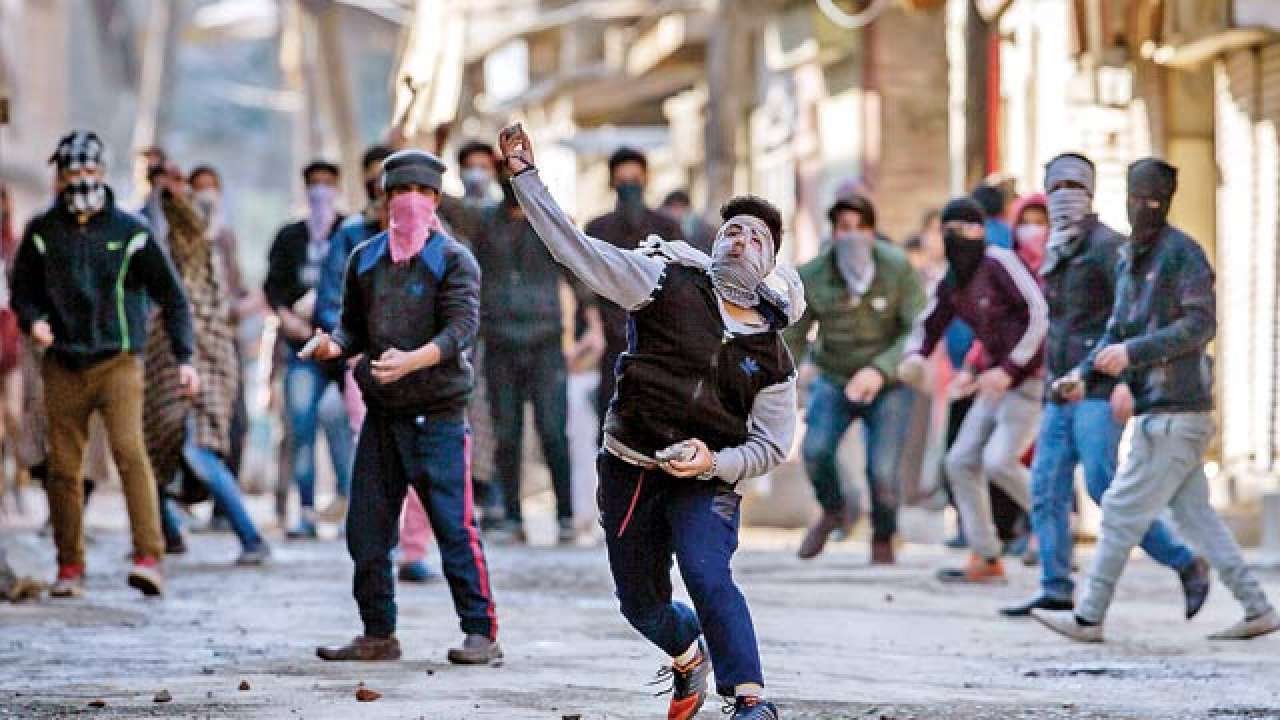
Journalists working for local and international media continued to face “pressure, intimidation and harassment by the Indian authorities,” it maintained.
“Many journalists were booked under criminal laws while one still remains behind bars amid delayed trial by the government agencies.”
The year, it added, also saw the continuation of the ban on high-speed internet services which remain in force following the scrapping of the region’s longstanding semi-autonomous status in August last year.
“The right to access information continues to be severely restricted in Jammu and Kashmir as part of India’s all-out onslaught against Kashmiris as there were 141 instances of internet blockades recorded from January 1 to December 30 2020,” it noted.

